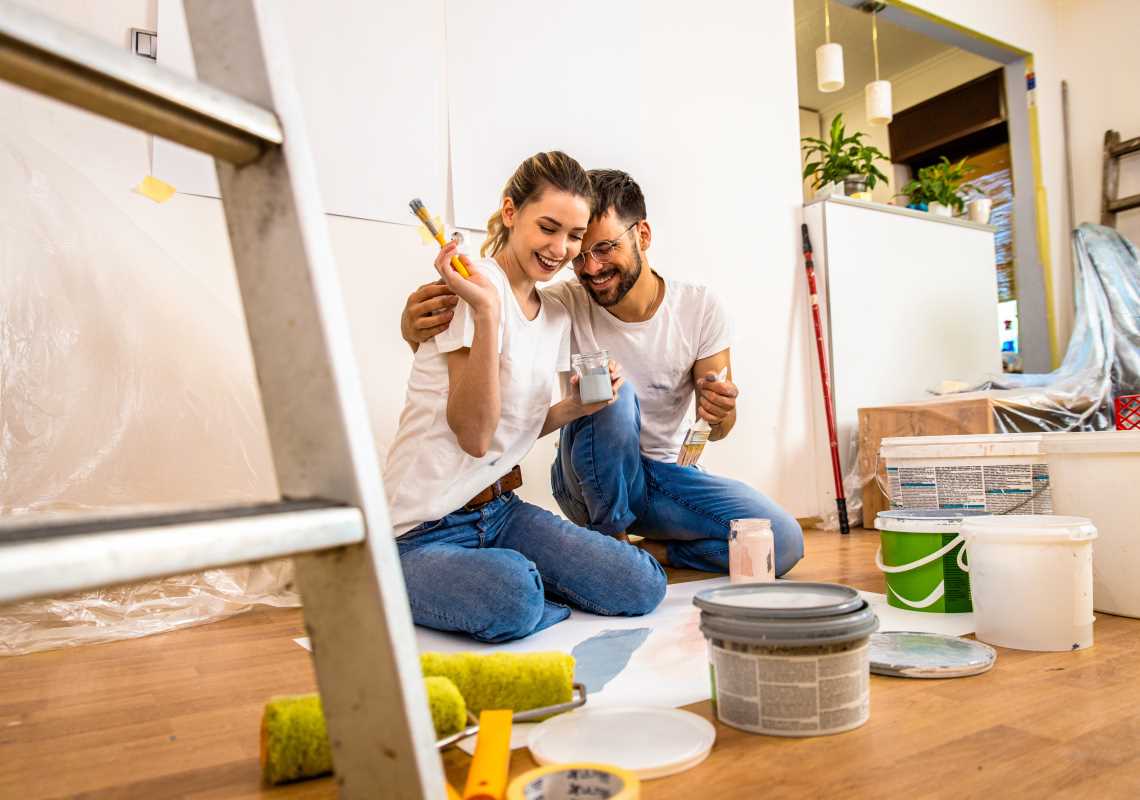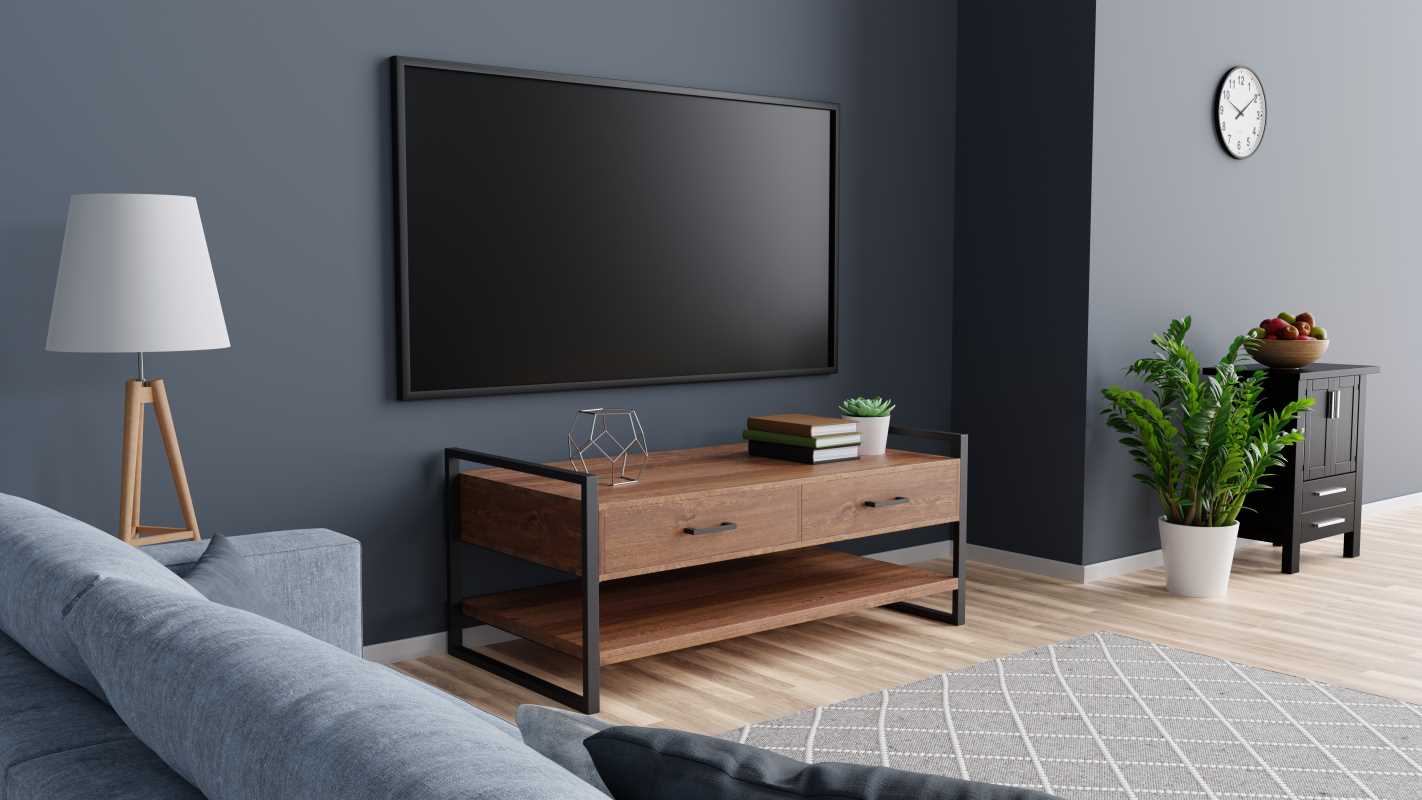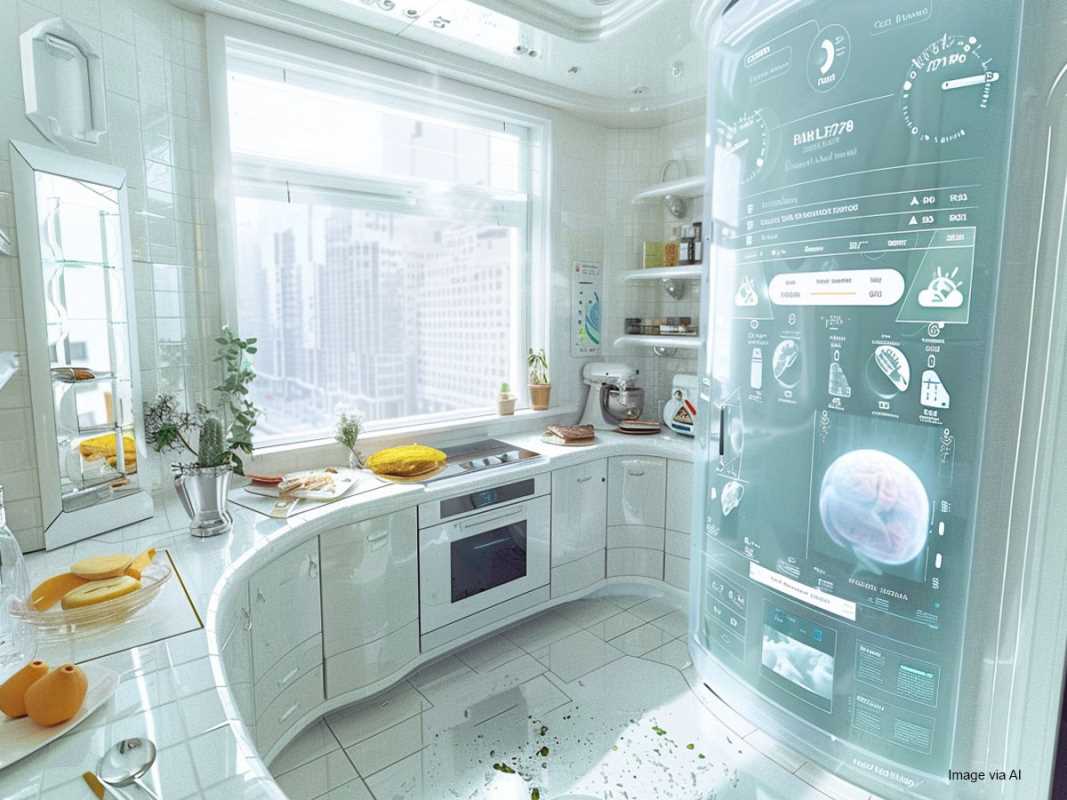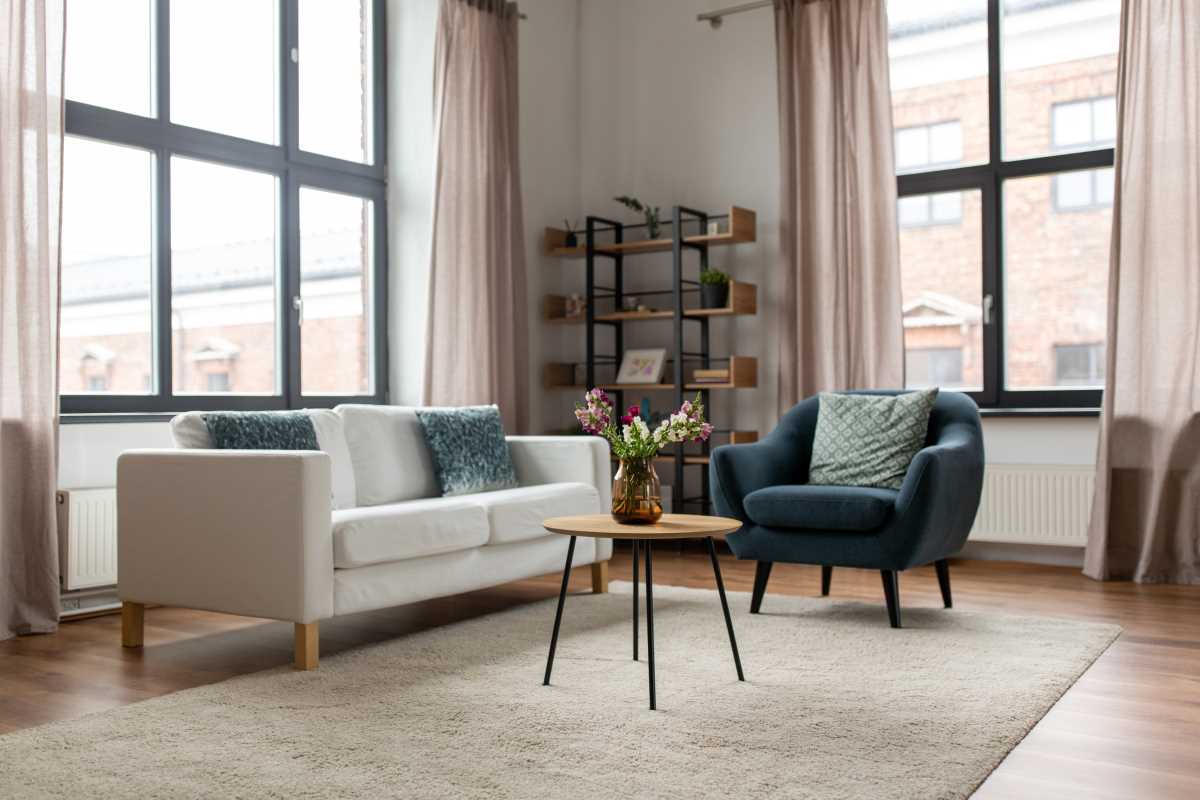Building a passive solar greenhouse provides an excellent opportunity to cultivate plants throughout the year, all while adhering to environmentally friendly practices. By harnessing the sun’s natural energy, you establish a self-sustaining sanctuary for your greenery, minimizing dependence on external power sources. For individuals passionate about maintaining an eco-conscious lifestyle, designing and constructing a passive solar greenhouse not only becomes a fulfilling endeavor but also contributes positively to the planet. This approach ensures that your gardening efforts align seamlessly with your commitment to environmental stewardship, making it a worthwhile pursuit for both personal satisfaction and ecological health.
Understanding Passive Solar Design
Passive solar design maximizes the sun’s energy to naturally regulate temperature and light within the greenhouse. Here are the key elements:
- Orientation: Position the greenhouse to face true south (in the northern hemisphere) to ensure maximum sunlight exposure during the winter months.
- Thermal Mass: Incorporate materials that absorb and store heat, such as stone or water containers, to help maintain a stable temperature inside.
- Insulation: Proper insulation in the walls and roof minimizes heat loss during colder periods, which reduces the need for additional heating.
- Glazing: Use high-quality, transparent materials for the greenhouse walls and roof to allow ample sunlight to enter while trapping heat.
These elements work together to create an energy-efficient and sustainable environment for your plants, which decreases the reliance on artificial heating and lighting.
Choosing the Right Location
Selecting the perfect spot for your passive solar greenhouse plays a crucial role in its success. Consider the following factors:
- Sunlight Exposure: Ensure the location receives ample sunlight throughout the day, especially during the winter months.
- Wind Protection: Choose a site sheltered from strong winds to prevent heat loss and protect your plants.
- Accessibility: Place the greenhouse near your home or garden to simplify maintenance and harvesting.
- Drainage: Ensure the area has good drainage to prevent water accumulation and potential structural damage.
- Space: Allow enough space around the greenhouse for ventilation and future expansion if needed.
By evaluating these factors carefully, you can optimize the performance and longevity of your passive solar greenhouse.
Materials and Construction
Selecting eco-friendly materials proves essential for building a sustainable passive solar greenhouse. Here are some recommendations:
- Recycled Glass or Polycarbonate Panels: These materials prove durable and allow maximum light transmission, reducing the need for artificial lighting.
- Sustainably Sourced Wood: Use wood from responsibly managed forests to minimize environmental impact.
- Natural Insulation Materials: Materials like straw bales or recycled denim provide excellent insulation without harmful chemicals.
When it comes to construction techniques, focus on:
- Proper Insulation: Ensure walls and roof are well-insulated to retain heat effectively.
- Durable Foundation: A solid foundation made from sustainable materials supports the structure and enhances its longevity.
- Sealing and Glazing: Properly seal all joints and use high-quality glazing to prevent heat loss and maintain humidity levels.
Incorporating solar panels can further enhance your greenhouse’s energy efficiency by supplementing its power needs with renewable energy.
Temperature Regulation and Ventilation
Maintaining the right temperature remains key to year-round plant growth in your greenhouse. Here are some methods to achieve optimal temperature regulation:
- Thermal Mass: Utilize materials that absorb heat during the day and release it slowly at night, keeping the greenhouse warm during cooler periods.
- Insulation: High-quality insulation reduces the need for additional heating and helps maintain consistent temperatures.
Natural ventilation also holds importance. Implement these techniques:
- Ventilation Vents: Install vents at the top of the greenhouse to allow hot air to escape, and lower vents to draw in cooler air.
- Passive Ventilation Systems: Use designs like ridge vents or roof vents that open and close automatically based on temperature changes to ensure continuous airflow.
By balancing heat retention and proper ventilation, you create a comfortable environment for your plants without relying heavily on electric systems.
Integrating Sustainable Practices
A passive solar greenhouse provides the perfect environment to incorporate sustainable gardening practices. Here are some ideas:
- Composting: Set up a composting system to recycle kitchen scraps and garden waste, which provides nutrient-rich soil for your plants.
- Rainwater Harvesting: Collect and store rainwater for irrigation, reducing your reliance on municipal water sources.
- Organic Gardening: Avoid using chemical fertilizers and pesticides, opting instead for natural alternatives to promote healthy plant growth.
- Companion Planting: Grow complementary plants together to enhance growth, deter pests, and improve soil health.
By integrating these sustainable practices into your solar greenhouse, you create a holistic, eco-friendly growing system that benefits both your plants and the environment.
A passive solar greenhouse is an eco-friendly design that supports year-round plant growth while aligning with sustainable practices and an eco-conscious lifestyle.
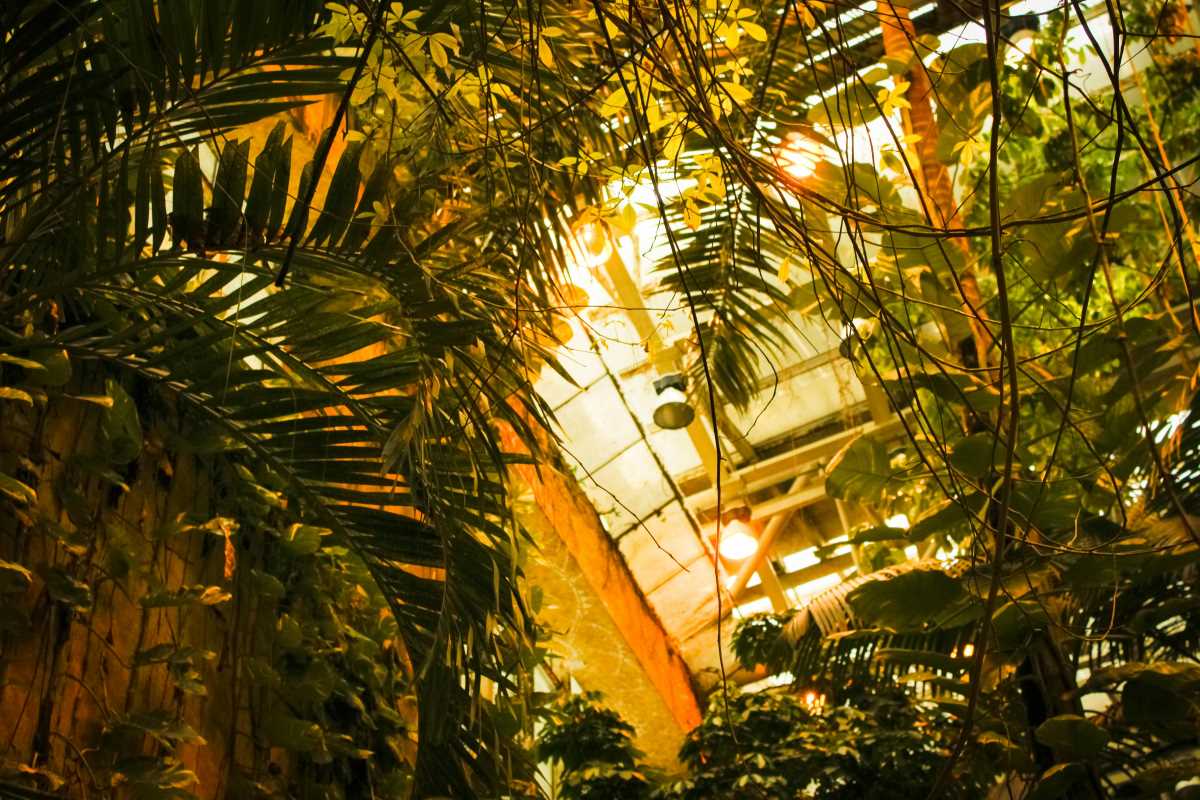 (Image via
(Image via


